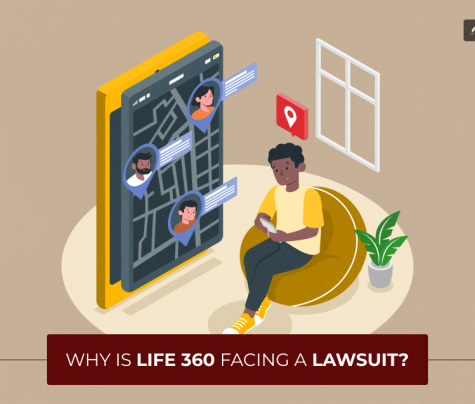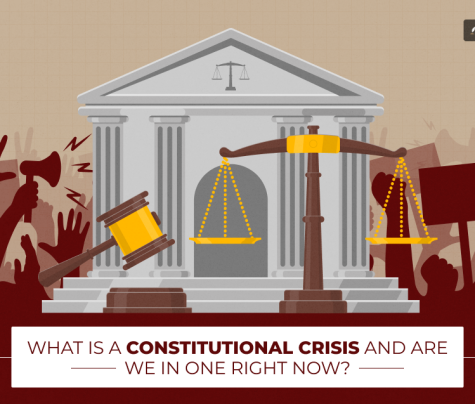
The national bank’s legal lending limit outlines how much money banks can lend. It keeps banks from taking too many risks but lets people and businesses get loans and extensions of credit. The limit changes how big projects can be and how people can pay for things.
According to OCC regulations, this limit sets the maximum amount a national bank can lend to a single borrower or related borrowers. It was created to reduce risk and help keep the financial system stable.
The lending limit is critical because it stops banks from lending too much. It promotes careful lending so banks stay safe. Banks must understand these rules to follow regulations and help depositors and the economy.
The subject to the lending limit directly impacts getting loans. It may vary significantly when it comes to secured vs. unsecured loans. It shapes what consumers and businesses can borrow for investments, projects, and expenses.
The BLLL’s sway on loan approvals: The BLLL holds sway as a critical factor. Financial institutions appraising applications face constraints from the limit on how far funds can stretch for one borrower or related groups. Rippling out, these boundaries credit-merit and funding chances for people and companies, contouring the field of money matters.
Why Do Banks Have a Legal Lending Limit?
Banks have a legal lending limit to manage risk and protect both the bank and its customers. This limit is the maximum amount a bank can lend to a single borrower, and it’s set by banking regulators to keep the financial system safe.
The goal is to prevent banks from putting too much of their funds in one place, which helps avoid significant losses that could impact the bank’s stability and its customers’ money.
Lending limits are based on a bank’s capital or its financial strength. For example, if a bank has $10 million in capital, it might be allowed to lend up to $1 million to any one customer.
This way, if a large loan goes unpaid, the bank won’t lose too much of its capital, which could otherwise threaten its overall financial health.
By spreading out their loans among many borrowers, banks lower their risk of big losses and are better able to serve the community.
These limits also protect depositors. Banks use customer deposits to make loans, so if too much money is lent to one borrower and that loan fails, it could endanger depositors’ funds.
By capping loans to a single borrower, regulators aim to keep banks financially sound and ensure depositors’ money stays safe.
Finally, lending limits promote fairness and encourage banks to diversify their loans. Rather than focusing on just a few big clients, banks are encouraged to lend to a variety of customers, which can help local businesses and communities thrive.
Legal Lending Limit Types You Must Know About
Banks follow certain lending limits to stay financially safe and protect depositors’ money. These limits, called legal lending limits, set the maximum amount a bank can lend to any one customer.
Understanding the types of these limits can help you see how banks manage their risk and keep the financial system stable.
Here are the main types of legal lending limits banks use.
Single Borrower Limit
The single-borrower limit restricts how much a bank can lend to one individual or business. This limit is usually based on a percentage of the bank’s capital.
For example, if a bank has a capital of $10 million, it might be limited to lending $1 million to a single borrower.
This type of limit keeps banks from concentrating too much money on one person or business, reducing risk if the borrower can’t repay.
Combined Borrower Limit
Sometimes, borrowers are related, such as in a family business or a corporate group. The combined borrower limit takes this into account, setting a maximum for lending to related borrowers.
If multiple businesses or people are financially connected, their loans are combined under this limit. This helps prevent banks from indirectly lending too much to a single group, protecting against large losses if any borrower in that group defaults.
Industry or Sector Limit
To encourage banks to diversify their lending, there are often limits on lending to specific industries, such as real estate or manufacturing.
This type of limit protects banks from being too exposed to one sector, which could be risky if that industry faces a downturn. By spreading loans across multiple industries, banks can reduce the impact of economic changes.
What is the Unsecured Loan Limit?
The unsecured loan limit is the maximum amount of money a borrower can get without being secured by readily marketable collateral. Lenders decide this based on credit score, income, and finances since unsecured loans have no assets backing them.
However, a $1,200 loan is the maximum payday lending amount in some states, especially for bad credit scores. OCC says borrowers with good credit and finances may qualify for more considerable limits from lenders that see them as low-risk.
It’s critical to review interest, terms, and one’s budget before borrowing up to an unsecured limit. Knowing personal creditworthiness helps compare eligibility across lenders. At the same time, limits shift between lenders, higher scores, and stable finances typically mean larger unsecured loan maximums due to lower perceived risk.
However, unsecured borrowing still relies solely on financial history and creditworthiness. So reviewing the loan’s full terms and one’s budget is critical before accepting an unsecured limit, as is understanding personal credit scores and factors lenders weigh as a risk to set maximums.
How Does the Legal Lending Limit Work?
The national bank’s legal lending limit refers to the maximum amount of the loan credit exposure banks and savings associations can legally extend to a single borrower or connected group.
Regulators establish this lending limit to promote financial stability and curb excessive risk-taking. Concentration risk increases when too much of a bank’s portfolio hinges on one borrower’s ability to repay loans.
By capping total possible exposure, legal lending limits aim to contain fallout if a significant client defaults. The precise cap depends on a bank’s capital and surplus and a borrower’s credit. Banks must routinely confirm compliance with limits to manage risk prudently and protect depositors and the broader system.
Violating legal lending limits risks, regulatory penalties, and other serious consequences. Thus, national bank institutions implement robust monitoring to stay within prescribed limits while effectively serving clients’ credit needs. Adhering to these boundaries helps banks’ balance prudent risk management with responsible lending.
How Does the Process of Lending to Financial Institutions Differ from Lending to Other Types of Borrowers?
Collateral requirements also differ when lending to financial institutions. Collateral is still a consideration, but the assets pledged may vary.
Financial institutions often possess diverse portfolios of financial instruments and securities, and assessing the value and liquidity of these assets requires specialized expertise.
Moreover, the interconnectedness of financial institutions introduces complexity. Lenders consider potential ripples across systems. Stress tests and scenarios evaluate resilience under adversity.
In contrast, lending to businesses or individuals involves straightforward credit and income evaluations, plus loan or extension of credit purposes. Collateral may include real estate or equipment.
The Office of the Comptroller of the Currency and Federal Banking Agency affirms that lending to financial institutions needs specialized risk and due diligence approaches that distinguish the process from other lending. The intricate regulations, systemic importance, and asset complexity require a nuanced understanding of unique challenges.
What are the Laws on Loans?

Laws governing lending aim to ensure fair practices. Sets of regulations oversee transactions, protecting all parties involved. While specific details vary across regions, some common themes emerge. This overview provides general information and may not cover local rules.
Usury laws and OCC regulations set maximum interest rates lenders can charge borrowers. These aim to prevent exploitation from excessive rates that could financially harm borrowers. Consumer protection regulations require lenders convey loan terms, rates, fees, and repayment schedules. It also regulates advertising to prevent deception.
Laws dictate how credit bureaus and lenders collect, share, and utilize consumer credit information. Consumers also have rights to access and dispute their credit reports.
Fair lending regulations prohibit discrimination based on race, gender, ethnicity, or religion when granting loans. These promote equal access to credit for all individuals.
Bankruptcy Laws
Bankruptcy laws govern the legal process by which individuals or businesses can seek relief from overwhelming debt. These laws establish procedures for debt discharge, reorganization, and protecting creditors’ rights.
Truth in Lending Act (TILA)
Lenders must disclose loan terms, so borrowers understand the agreements. Similar consumer protection laws may apply elsewhere.
Debt Collection Laws
Debt collection laws aim to prevent harassment while allowing fair practices. Consumers can dispute debts.
Secured Transactions Laws
In cases where loans are secured by collateral, specific laws govern the creation, perfection, and enforcement of security interests. These laws outline the rights and responsibilities of borrowers and lenders in a secured or derivative transaction.
Understanding and adhering to these laws and OCC regulations are crucial for borrowers and lenders to foster a fair and transparent lending environment while promoting financial stability for individuals and the broader economy.
It is advisable to consult local legal resources or seek professional advice to ensure compliance with specific regulations in your area.
Bottom Line
In summary, legal lending limits help banks manage risk, protect customer deposits, and ensure they can continue serving a wide range of borrowers. This keeps both the bank and the broader financial system safer, benefiting everyone involved.
Read Also:
- What Is MODT? What Is The Process Of MODT?
- Small Estate Affidavit – A Brief Explanation For You
- Who Is An Energy Lawyer? How Can You Find One?










0 Reply
No comments yet.